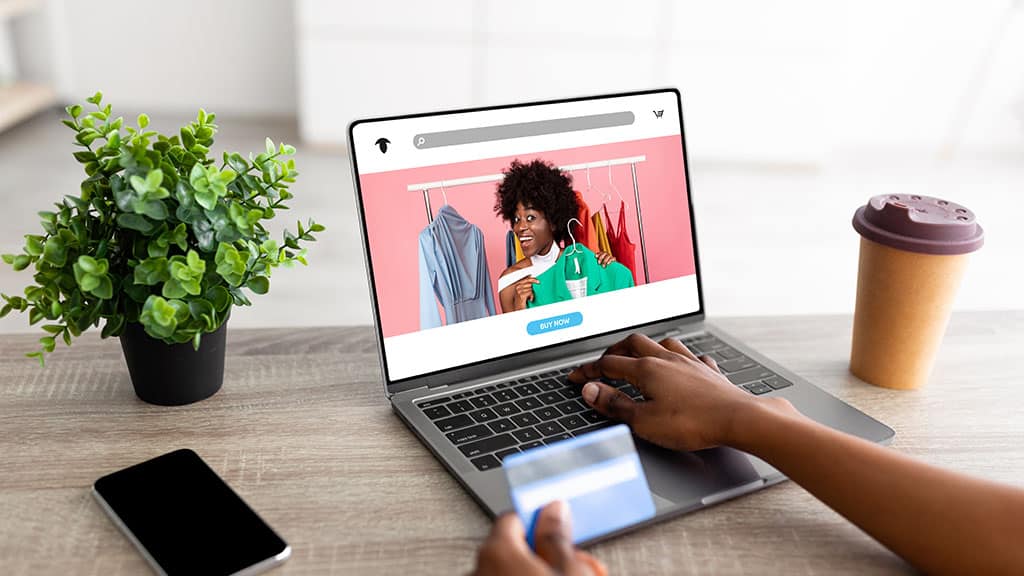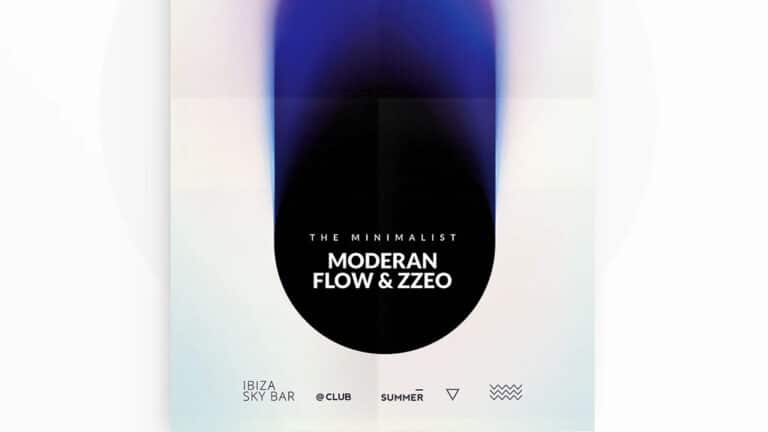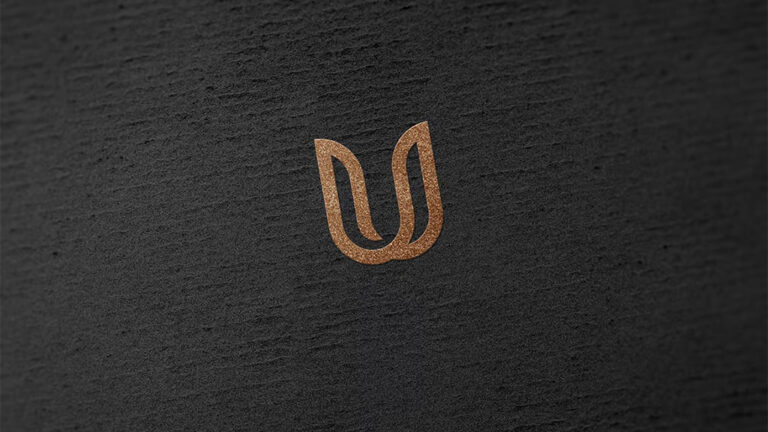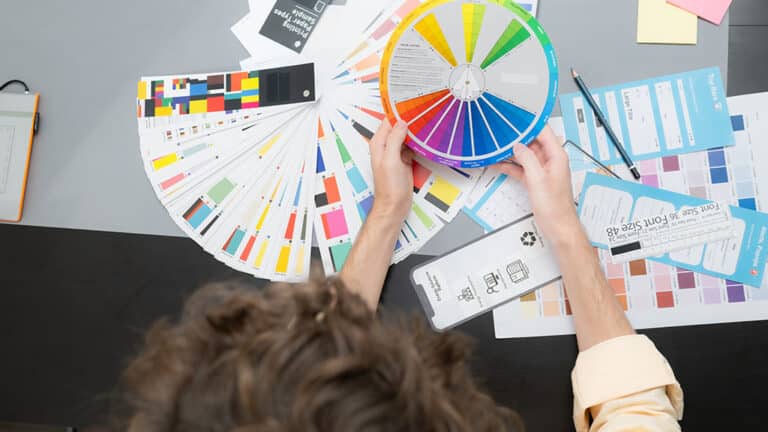How Graphic Design Influences Consumer Buying Behavior
Most consumers don’t realize how many of their buying decisions are made in a matter of seconds—often based on visuals alone. Before they read product details, check reviews, or compare prices, they’ve already formed an impression about your brand. And that impression is shaped largely by design. From packaging and social media ads to your website and logo, graphic design plays a powerful, often subconscious role in influencing consumer behavior.
Design affects perception. It shapes whether someone sees your brand as trustworthy, premium, fun, or outdated. Good design invites attention and builds emotional connections. Poor design, on the other hand, can create friction, confusion, or even skepticism. In the crowded marketplace we operate in today, visual presentation isn’t optional—it’s a critical element of your brand’s ability to convert interest into action.
Understanding how design influences consumer behavior allows brands to be more intentional with every visual choice. It’s not about making things look “pretty”—it’s about strategically guiding the customer journey. And if you’re not confident in your brand’s visual impact, working with a professional graphic design service can help ensure that your message is being communicated effectively and persuasively from the very first glance.
First Impressions Shape Trust and Credibility
First impressions happen fast—within milliseconds. That’s all the time a consumer needs to decide whether they trust your brand or move on to a competitor. And more often than not, those first impressions are based entirely on visual design.
A polished logo, cohesive color palette, and clear, professional layout tell the consumer, “This is a brand you can trust.” On the other hand, cluttered visuals, inconsistent fonts, or outdated imagery can create doubt and hesitation—even if the product or service itself is high quality. Design is the visual language of your brand, and just like body language in a conversation, it speaks volumes before any words are exchanged.
This is especially important in digital environments where users are constantly bombarded with content. Whether it’s a product page, a social media ad, or a landing page, strong design establishes credibility quickly. When a brand looks legitimate, consumers are more likely to stay, explore, and buy. But if the design looks off, they’ll click away without a second thought.
Professional design doesn’t just look good—it builds confidence. It reassures consumers that your business is stable, competent, and reliable. And in markets where trust is everything, that first impression can be the deciding factor between a sale and a bounce.
Color Choices Trigger Emotional Responses
Color is one of the most immediate and powerful tools in a designer’s toolkit. It influences mood, perception, and even behavior—often without the viewer realizing it. Brands that understand the psychology of color use it strategically to reinforce their identity and influence buying decisions.
For example, red is often associated with urgency and excitement, which is why it’s commonly used in clearance sales or fast food branding. Blue conveys trust and stability, making it a popular choice for banks, healthcare, and tech companies. Green evokes calmness, health, and sustainability—ideal for wellness or eco-conscious brands.
These associations aren’t just anecdotal—they’re backed by research. Studies have shown that color increases brand recognition by up to 80%, and nearly 85% of consumers say color is the primary reason they purchase a product. That’s a significant influence for something as seemingly simple as a background hue or button color.
Color also helps organize content and guide users through a visual journey. A bold call-to-action button in a contrasting color can increase click-through rates, while a harmonious palette can make a brand feel cohesive and memorable.
Choosing the right colors is about more than preference—it’s about aligning your visual presence with the emotions and actions you want to inspire in your audience. When done correctly, color becomes a silent but persuasive sales tool embedded in every touchpoint.
Typography Affects Perceived Value
Typography is more than just a design detail—it plays a critical role in shaping how consumers perceive your brand. The typefaces you choose and how you use them can suggest sophistication, reliability, fun, or even urgency. In fact, typography can influence how expensive or high-quality your product feels before the customer ever tries it.
Luxury brands, for instance, often use serif fonts with high contrast and elegant spacing to communicate prestige and exclusivity. In contrast, modern tech companies tend to use clean, sans-serif fonts that suggest simplicity, innovation, and accessibility. If the typography feels too casual or poorly spaced, consumers may subconsciously perceive your brand as amateur or low-budget.
Readability is another key factor. If your text is hard to read—too small, overly decorative, or poorly contrasted—it creates friction in the buying process. Consumers don’t want to work hard to understand your offer. Good typography removes that barrier, guiding the reader smoothly through headlines, product descriptions, and calls to action. When your type is clear, clean, and visually aligned with your brand’s personality, it reinforces trust and makes your communication more effective.
The hierarchy of typography also matters. How you organize content—through headings, subheadings, body text, and captions—helps users process information quickly. Well-structured typography leads the eye, prioritizes important details, and subtly encourages the buyer to keep reading. It’s a small detail with massive influence.
Layout and Visual Hierarchy Guide Decision-Making
The way a design is laid out—how elements are arranged on a page or screen—has a direct impact on how consumers interact with your brand and, ultimately, what actions they take. A well-structured layout helps users focus on what matters, while a cluttered or confusing design creates overwhelm and inaction.
Visual hierarchy is the concept of arranging design elements in order of importance. Through size, color, spacing, and positioning, designers guide the viewer’s eye from one point to the next. This could be from a bold product headline to a price tag, then to a call-to-action button. The goal is to create a flow that aligns with the consumer’s natural decision-making process.
For example, e-commerce websites that feature large product images, clean spacing, and a prominent “Add to Cart” button tend to convert better than those with cramped or chaotic layouts. Why? Because the design makes it easy for the shopper to focus, evaluate, and act.
A smart layout also takes into account user behavior. Designers anticipate how someone will scan the page and place key information—like trust signals, reviews, or limited-time offers—where they’ll have the most impact. This kind of intentional design thinking removes friction and builds confidence, making it easier for consumers to move forward with a purchase.
Ultimately, layout is not just about aesthetics—it’s about strategy. It’s a behind-the-scenes force that supports every click, scroll, and swipe that leads to a sale.
Product Packaging Design Impacts Purchase Intent
When it comes to physical products, packaging design plays a critical role in consumer decision-making. It’s often the first tactile experience a buyer has with your brand, and it can make or break a sale—especially in retail environments where products compete for attention on crowded shelves.
Consumers often associate the quality of a product with the quality of its packaging. A sleek, well-designed package can suggest that a product is high-end, innovative, or trustworthy. On the flip side, dull or generic packaging may cause shoppers to pass over a product, even if it’s objectively better than the alternatives.
Beyond first impressions, packaging also influences buying decisions through storytelling and usability. Clear typography, attractive visuals, and compelling messaging help communicate what the product is, why it matters, and how it fits into the consumer’s life. Functional design elements—like easy-open features or eco-friendly materials—can further sway buyers looking for value or sustainability.
In e-commerce, packaging still matters. Unboxing experiences have become a major part of brand storytelling and customer satisfaction. A well-branded box, thoughtful inserts, or a creative thank-you card can surprise and delight customers, increasing the chances of repeat purchases and social sharing.
In both physical and digital retail, great packaging design goes beyond protection—it becomes a marketing tool, a trust signal, and a differentiator that drives intent and action.
Branding Consistency Builds Recognition and Loyalty
In today’s fast-moving market, consumer attention is limited. The brands that stay top of mind are the ones that show up consistently—visually and emotionally—across every channel. Graphic design plays a pivotal role in establishing and maintaining that consistency, which directly contributes to brand recognition and, ultimately, customer loyalty.
When your visual identity—logos, fonts, colors, and layout style—is consistent across your website, social media, emails, ads, and packaging, you create a cohesive brand experience. This repeated exposure helps consumers recognize your brand faster. Over time, recognition breeds familiarity, and familiarity leads to trust. People are more likely to buy from brands they feel like they know.
Inconsistent design, on the other hand, leads to confusion. If your Instagram feed feels playful and bold, but your website is sterile and minimal, consumers may second-guess your professionalism or struggle to understand your brand’s personality. That inconsistency can undermine trust and make it harder to build a relationship with your audience.
Consistency doesn’t mean your visuals have to be boring or static. It means that the core elements of your brand identity are used thoughtfully across different mediums. Whether it’s a product launch, a seasonal campaign, or a new landing page, staying visually consistent helps reinforce your brand’s credibility—and keeps you at the top of the consumer’s consideration list.
Visual Storytelling Enhances Emotional Connection
Design isn’t just about how things look—it’s about how they make people feel. Emotional connection is a major driver of consumer behavior, and visual storytelling is one of the most effective ways to build that connection. When consumers feel seen, inspired, or understood by a brand, they’re more likely to become loyal customers.
Visual storytelling uses images, colors, composition, and layout to convey a narrative. This could be a photo of a family enjoying your product, a minimalist design that evokes calm and focus, or an illustration that captures your brand’s mission. Whatever form it takes, the goal is to evoke an emotional response that aligns with your brand values and audience aspirations.
Think about how lifestyle brands market themselves. They don’t just show the product—they show people living the life their customers want to live. Outdoor brands use scenic landscapes and active imagery to speak to adventure seekers. Wellness brands use soft tones and serene photography to appeal to consumers looking for calm and balance. These visuals do more than describe a product—they tell a story consumers want to be part of.
Strong design helps bring those stories to life, visually reinforcing your message and inviting the consumer into the world your brand creates. That emotional connection often translates into action, turning interest into purchase—and purchase into loyalty.
Quality of Design Reflects Quality of Product
Whether consciously or not, consumers associate the quality of your visuals with the quality of your product or service. When your design looks professional, polished, and intentional, it signals to buyers that your product is worth their time and money. On the other hand, if your graphics look outdated, cluttered, or poorly made, it can instantly cast doubt—even if your product is excellent.
This is especially true in competitive industries. When customers have endless options, the visuals often become the deciding factor. If two products are similar in function and price, the one with better design will usually win. That’s because consumers equate attention to design with attention to detail. They assume that if you care about how your brand looks, you also care about how your product performs.
Great design makes your business look established, trustworthy, and capable—even if you’re a new player in the market. It can also elevate the perceived value of your offering. Well-designed materials, packaging, and digital assets help justify premium pricing by making the experience feel elevated and intentional.
Investing in design isn’t just about aesthetics—it’s a reflection of your overall brand quality. In a consumer’s mind, how your brand looks often determines how your product is judged before they’ve ever tried it.
Conclusion: Design Drives Desire and Decision
From the colors you choose to the way your content is structured, graphic design shapes how consumers feel, what they remember, and whether they buy. It’s not just a layer added at the end of a marketing campaign—it’s the foundation that supports the entire buyer journey.
Design captures attention. It builds trust. It simplifies information. It creates emotional resonance. And it gives your brand the ability to communicate clearly in a crowded, noisy marketplace. Every visual choice is an opportunity to influence how your audience perceives your value and whether they choose you over the competition.
If you’re not thinking strategically about design, you’re likely missing out on sales—not because your product isn’t great, but because your visuals aren’t doing their job. Whether you’re launching a new product, refreshing your brand, or refining your marketing strategy, investing in thoughtful, consistent, and high-quality design can have a measurable impact on consumer behavior.
At the end of the day, good design isn’t just about making things look nice. It’s about making people feel something—and compelling them to act. And that’s what turns browsers into buyers, and buyers into brand advocates.

















